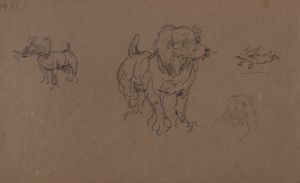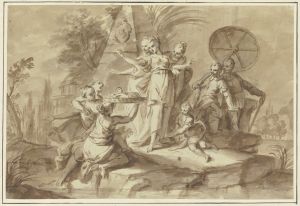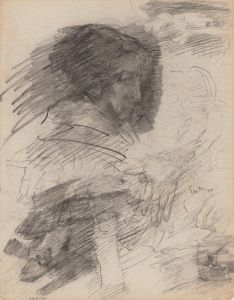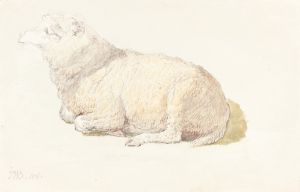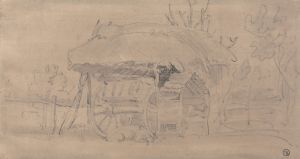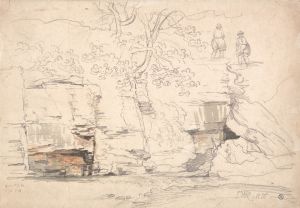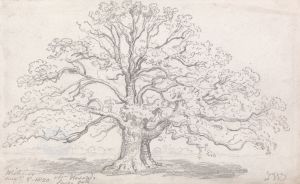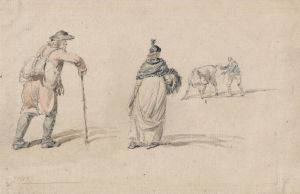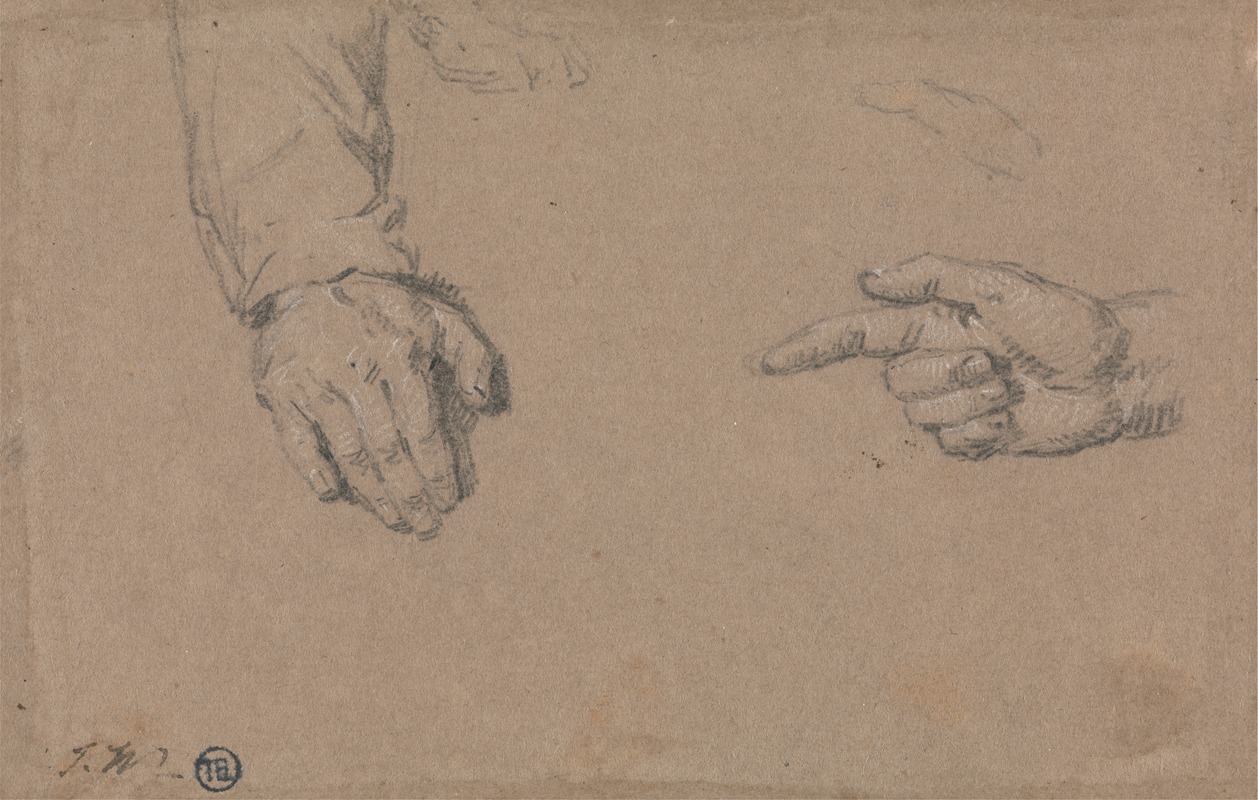
Studies of Hands
A hand-painted replica of James Ward’s masterpiece Studies of Hands, meticulously crafted by professional artists to capture the true essence of the original. Each piece is created with museum-quality canvas and rare mineral pigments, carefully painted by experienced artists with delicate brushstrokes and rich, layered colors to perfectly recreate the texture of the original artwork. Unlike machine-printed reproductions, this hand-painted version brings the painting to life, infused with the artist’s emotions and skill in every stroke. Whether for personal collection or home decoration, it instantly elevates the artistic atmosphere of any space.
"Studies of Hands" is a notable artwork by the British artist James Ward, who was an influential figure in the Romantic movement during the late 18th and early 19th centuries. Born in 1769, Ward was renowned for his versatility as an artist, excelling in painting, engraving, and drawing. His works often depicted animals, landscapes, and rural scenes, reflecting the Romantic era's fascination with nature and emotion.
"Studies of Hands" exemplifies Ward's skill in capturing intricate details and his keen observation of the human form. Although specific details about the creation date of "Studies of Hands" are not widely documented, it is understood to be part of Ward's broader body of work that includes studies and sketches focusing on anatomy and the human figure. Such studies were common among artists of the time, who sought to master the depiction of the human body through detailed observation and practice.
The artwork itself consists of multiple sketches of hands in various positions and gestures, showcasing Ward's ability to render the subtleties of human anatomy. This focus on hands is significant, as hands are often considered one of the most challenging parts of the body to draw due to their complex structure and expressive potential. Ward's studies likely served both as practice for himself and as instructional material for others, reflecting the educational practices of the period where artists would often learn through copying and studying anatomical drawings.
James Ward's contribution to art extends beyond his studies of anatomy. He was appointed as a Royal Academician in 1811, a testament to his standing in the British art community. His works were exhibited at the Royal Academy and were well-regarded for their technical proficiency and emotive power. Ward's interest in anatomy and the human form was part of a broader trend among artists of his time, who were influenced by the scientific advancements and increased access to anatomical studies.
In addition to his anatomical studies, Ward is perhaps best known for his animal paintings, particularly his depictions of horses and cattle. His ability to capture the vitality and movement of animals earned him significant acclaim. However, "Studies of Hands" remains an important part of his oeuvre, illustrating his dedication to understanding and portraying the human figure with accuracy and sensitivity.
Overall, "Studies of Hands" by James Ward is a reflection of the artist's commitment to mastering the depiction of the human form and his broader contributions to the Romantic art movement. Through his detailed studies, Ward not only honed his own skills but also contributed to the artistic education of his contemporaries and future generations.





